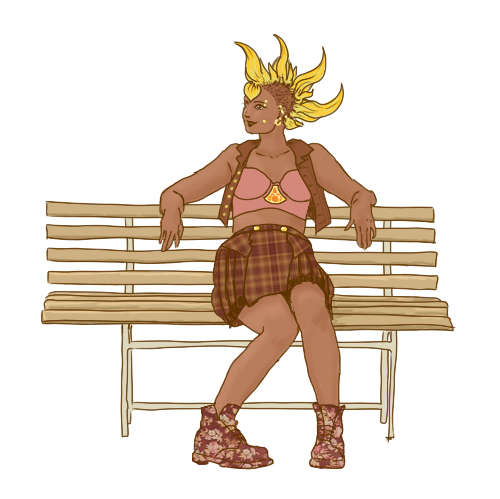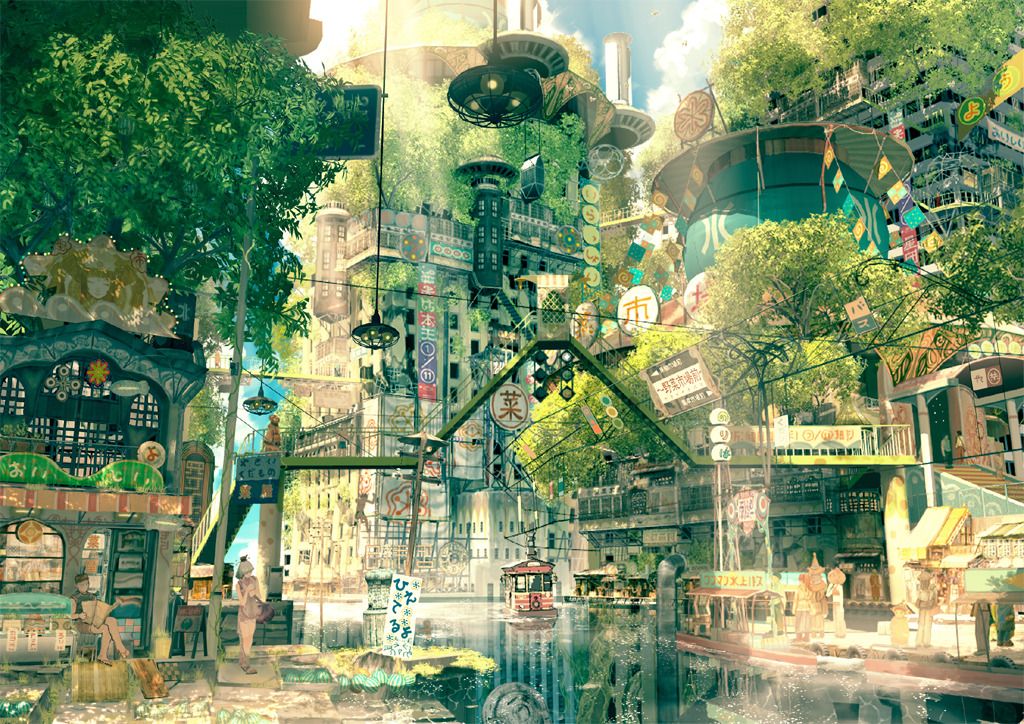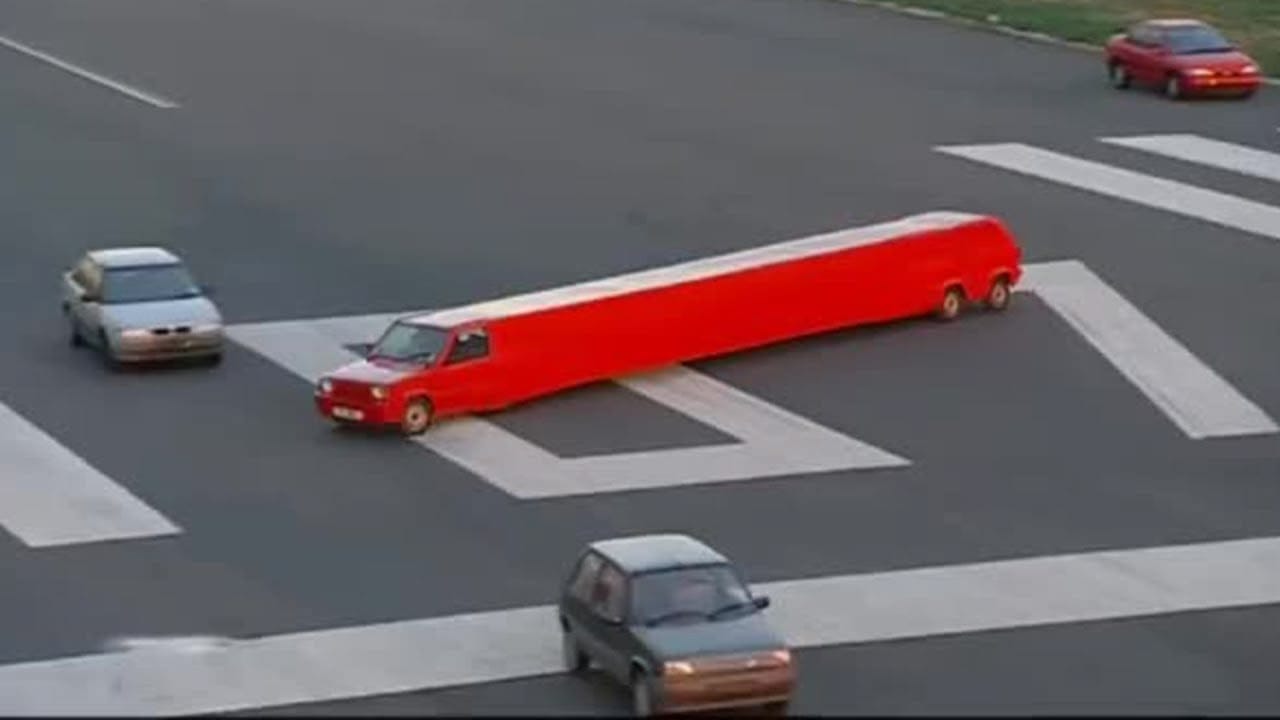Hi, Kevin here.
A few months ago, I started to dive into SolarPunk narratives by mere (happy) accident. SolarPunk as a genre is not really new, as it has existed for more than a decade, but, as the term "punk" suggests, it is a sub-culture and, to some extent, it offers counter-mainstream-narratives if not criticisms of our current societies.
Introduction to Solarpunk
SolarPunk is deeply interesting to designers as it proposes an optimistic hybridisation of technology, nature, diversity, and a sense of “finding back a form of purpose and meaning” and a form of “harmony between individuals, societies and nature” by regaining autonomy against eco-socio-technical challenges we are facing. In other words, it offers to think beyond the current ecological, societal and economic constraints and struggles by providing liminal spaces for opportunities and adjacent possibles, not necessarily through futuristic narratives but, counter-intuitively, by being grounded in a form of present, of "now".
Before we dive deeper, it has to be said that SolarPunk (Solarpunk) isn’t a cohesive single-narrative, object, or proposition. It is a coherent yet diversified and possibly contradictory assemblage of ideas, ideologies, concepts, movements, arts, etc. It is often associated with a sci-fi writing genre that emerged in the 2010s, but it is important to clarify that it is not bounded or limited to it. So, in this series, I will refer to SolarPunk as an umbrella term for all those things unless specified or stated otherwise.

Origins
It is assumed that “the term was coined in 2008 in a blog post titled ‘From Steampunk to Solarpunk’ in which the anonymous author [...] conceptualises a new speculative fiction subgenre with steampunk's focal point on specific technologies but guided by practicality and modern economics” (Wikipedia, 2023), but as with many emergent and constantly evolving movements, SolarPunk has multiple origin points in time and space, and interestingly, from authors, artists and thinkers from the “global south”, notably South America, Africa, and Asia-Pacific.
What’s important to understand is that SolarPunk is not a thing, but an assemblage of themes and narratives that are inherited from different movements, in particular, the larger movement of “climate fiction”, and find a form of coherence (what’s called “pattern of coherence”), which means it is not consistent or homogeneous but rather it might contain some contradictory elements and principles when looked in details due to its heterogeneous. This is perfectly fine, these are the necessary conditions and the diversity required for a “movement” to ultimately evolve into something which will enable it to become “mainstream” and much more obvious to many.
Finding back autonomy against the mundanity of the end of the world

In many ways, SolarPunk is an answer to what one could call “the mundanity of the many ends of the world” and other post-apocalyptic narratives depicted in many media to the point of ubiquity.
These narratives depict the loss of agency/autonomy of humanity in such circumstances, where most of what remains of it is forced to “come back to nature”, to a “primal survival state”, which is a reduction following the dichotomic paradigm of separation between humans and their objects (cities, societies), and the rest of nature. And “nature” should not only be understood as the animal, vegetal, and non-human living organisms but rather a shapeless concept manifested through natural events.
Here, nature either “gets revenge” or “takes back”, placing nature as “an unavoidable external force” and “as something else entirely from us”, not without reminiscence of, 1) some Christian biblical narratives; and 2) the modern industrialised, urbanised, energy-craving, car-centric, growth-centric and techno-solutionist narratives.
Both have in common a notion of “de facto ownership and exploitation of what surrounding us”, of the “degenerative nature of the passage of time” which motivates interventionism, an active “interventionism” (or “innovation”) which is inherently good as it moves us towards a form of “salvation”, and finally the need for “a great saviour”.
Note that in theology, apocalypticism is a movement that sees the “end of the world” not as a bad thing, but rather as the “revelation of God to all mankind”, the ultimate absolution of our sins (and especially the original one) and the renewal of heaven and earth with God and “the elected ones” as its ruler.
This is interesting to see the connection between our modern techno-solutionism discourse (the likes of Silicon Valley and primarily US Startup mentality) and what SolarPunk evolved from namely SteamPunk, DieselPunk and CyberPunk. Interesting because these shape how we approach design and technology as proxies of our social worlds, their challenges and their intertwined relationship to the climate and (more broadly) environmental crisis we are facing.
Next week, we will navigate the evolution of punk narratives towards Solarpunk.
Thanks for reading!
Kevin from Design & Critical Thinking













Discussion